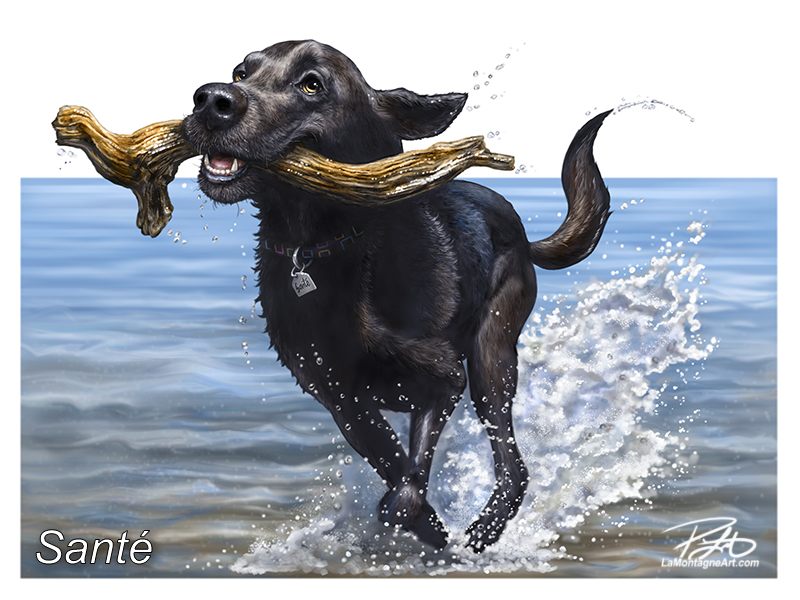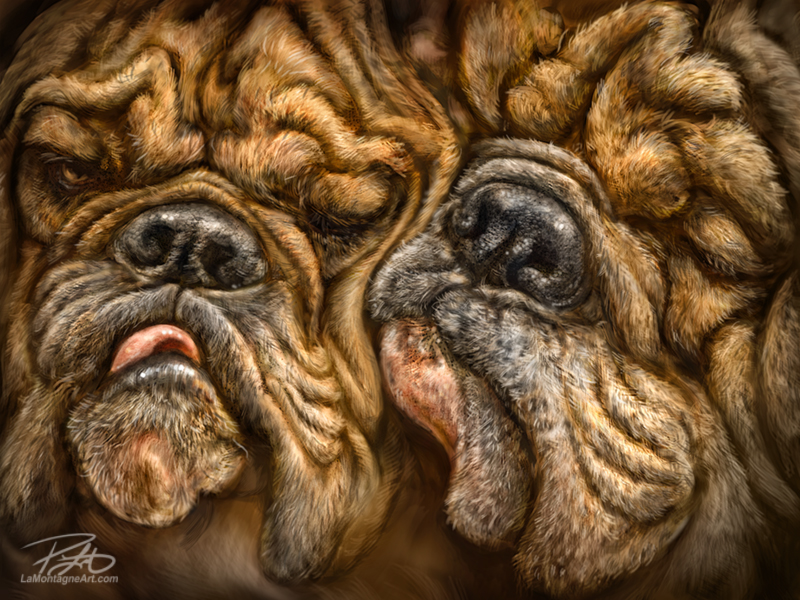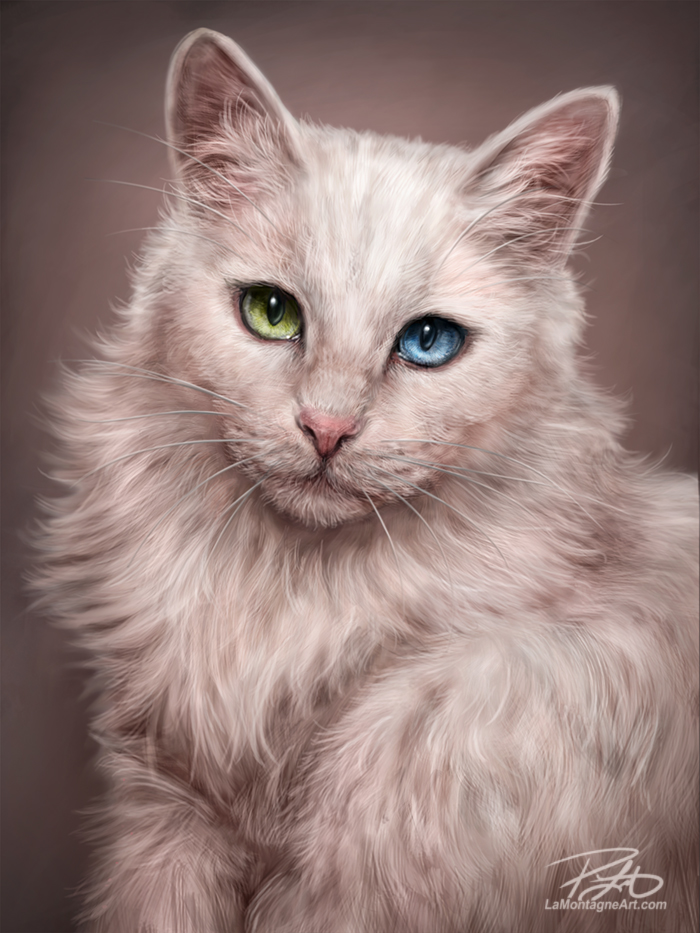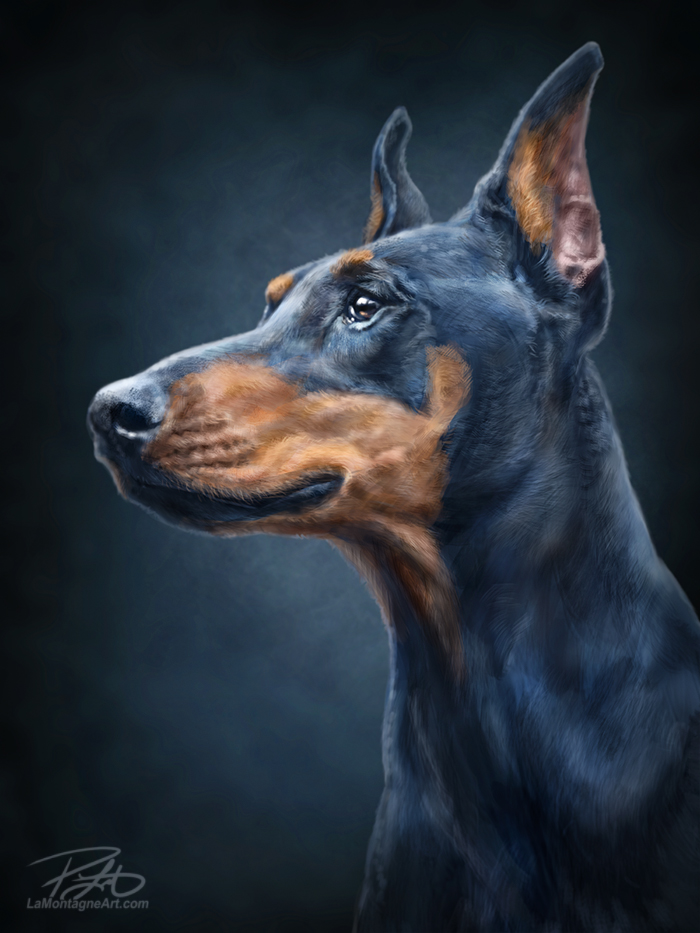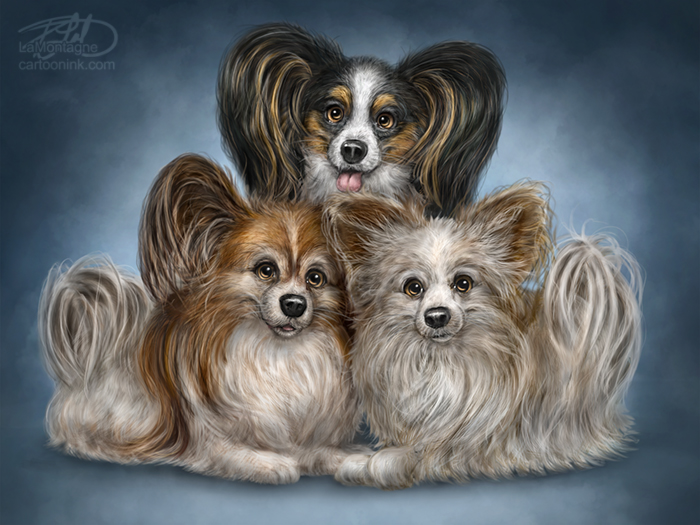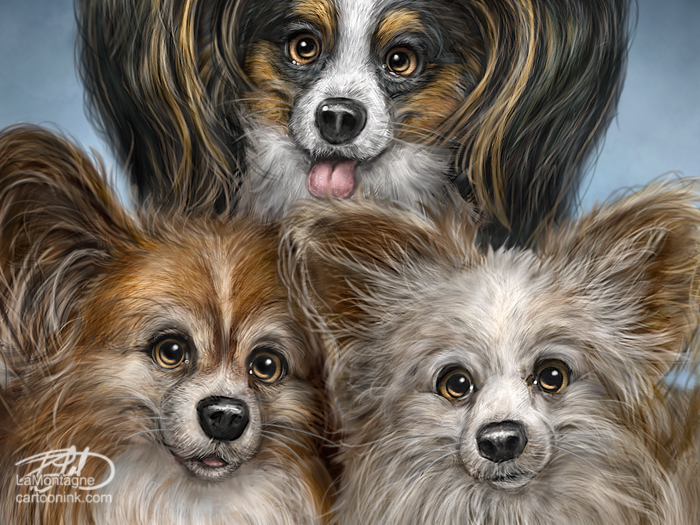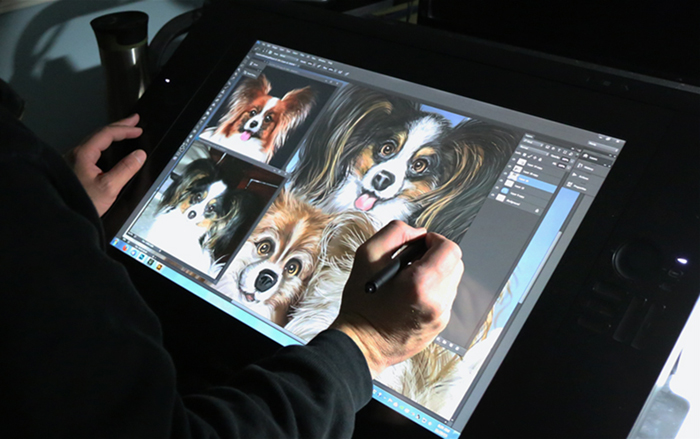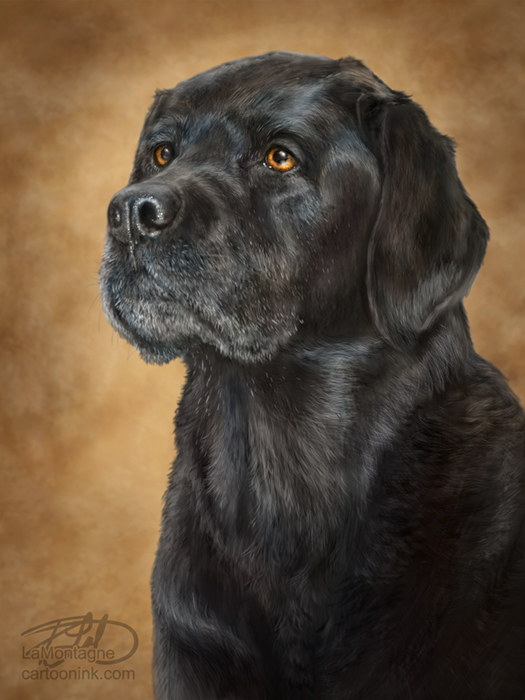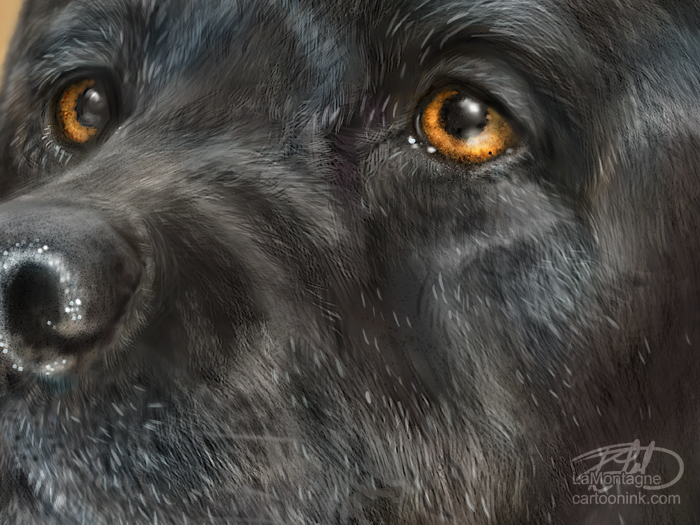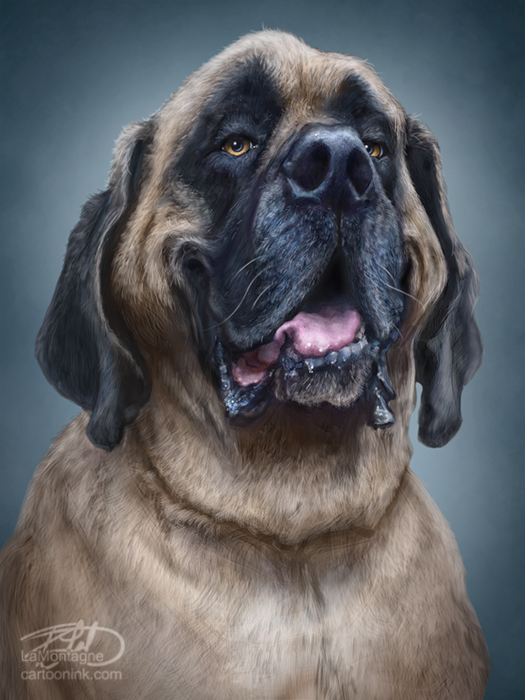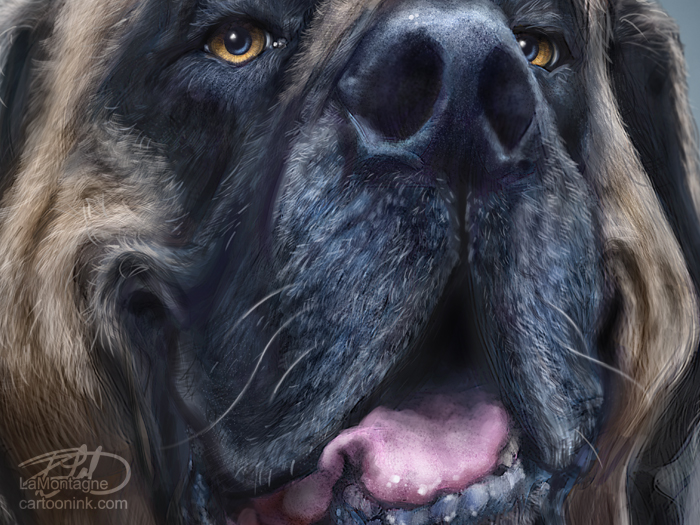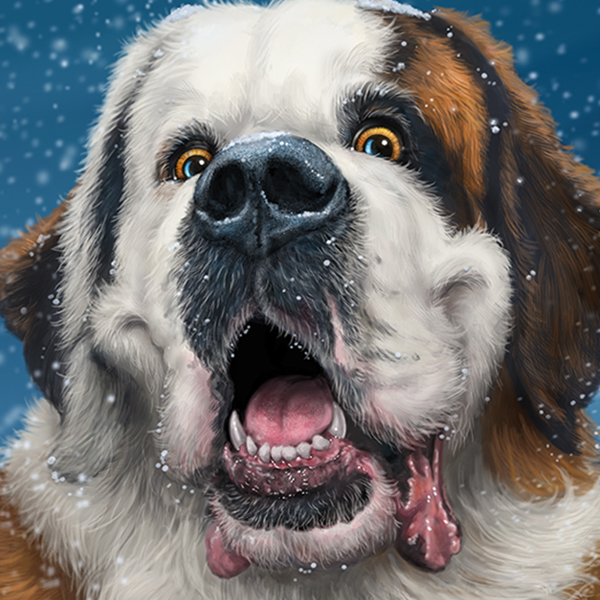
Many artists aim to find a niche, the work they love to do, a signature look, and the style for which they become known. To make a living from it, it must also be something enough people want.
If there had been a formula to find that work, somebody would have made billions providing that service. It’s discovered only after throwing stuff at the wall and waiting for something to stick.
I tried many different things before I found my wildlife paintings, and while I enjoyed some of them and could likely still earn revenue from each, my best work is my funny-looking animals.
Much of the marketing and promotion advice I read about art-for-a-living talks about the need for adaptability and cultivating multiple revenue streams. In the current gig economy, where artists compete against the lowest bidder in crowdsourcing, stock imagery and AI image generation, today’s reliable income source could be tomorrow’s buggy-whip manufacturing.
Though I specialize in my whimsical wildlife paintings, that work still involves different types of clients. I sell prints and products to my customers and wholesale to retail clients. For products I can’t produce and market myself, I have licensing deals with several companies and am always looking for more. And every so often, I’ll paint a pet portrait.
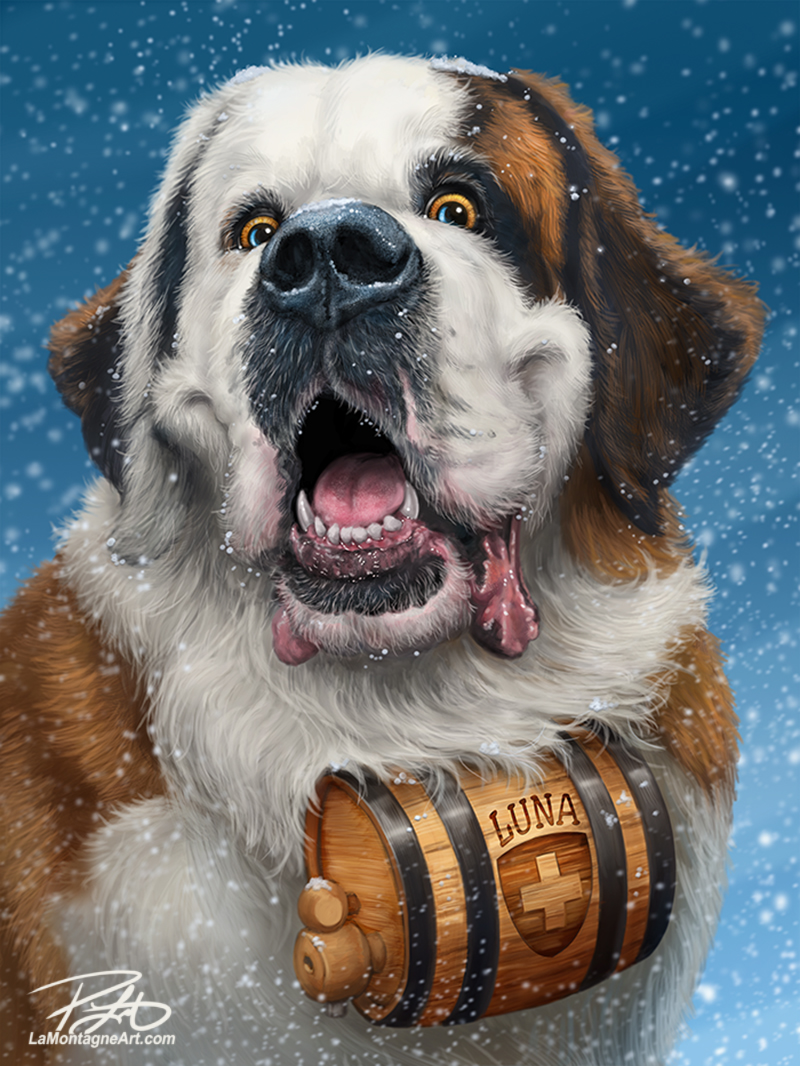 I’ve been painting commissions for a long time, and though it’s a small part of my business, I enjoy them. I’ve worked with some wonderful clients, and I hope to have more like them in the future. I’m hired most often to paint dogs, but I’ve painted several cats, too. I’ve even painted a horse.
I’ve been painting commissions for a long time, and though it’s a small part of my business, I enjoy them. I’ve worked with some wonderful clients, and I hope to have more like them in the future. I’m hired most often to paint dogs, but I’ve painted several cats, too. I’ve even painted a horse.
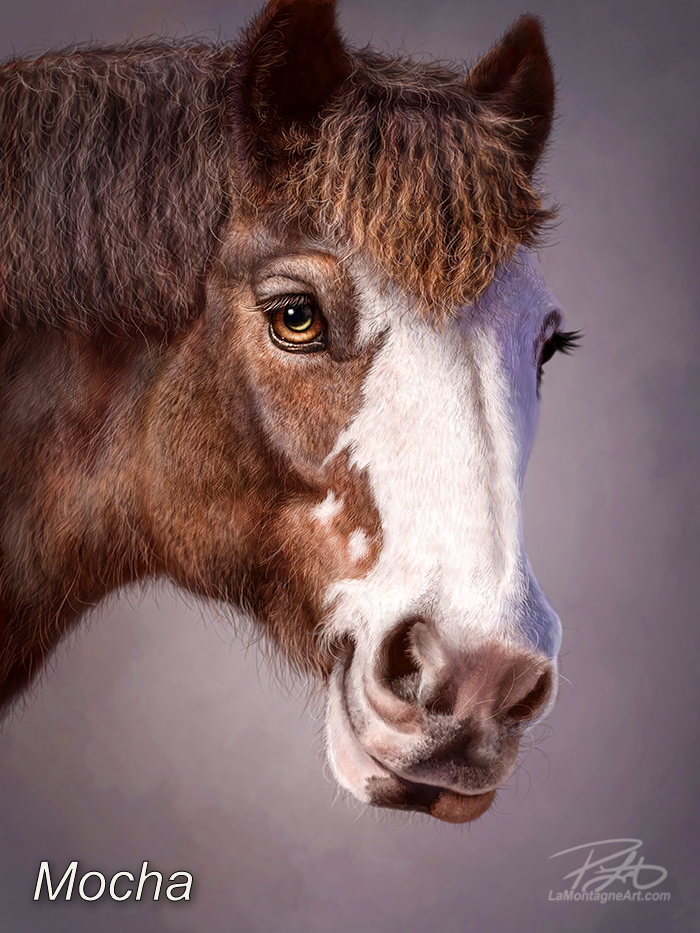 The difficulty with commission work is that, aside from advertising the work to future clients, there is no market for the finished paintings. Most people don’t want a portrait of somebody else’s dog; they want one of their own. And when I’m working on a custom painting, that’s time away from everything else. So, a commissioned painting is an investment for both the client and the artist.
The difficulty with commission work is that, aside from advertising the work to future clients, there is no market for the finished paintings. Most people don’t want a portrait of somebody else’s dog; they want one of their own. And when I’m working on a custom painting, that’s time away from everything else. So, a commissioned painting is an investment for both the client and the artist.
But when the right client wants my art style, they understand the work involved and the value inherent in a custom painting of their own, and it’s often a great experience.
In the past, I have offered two types of paintings to my clients: a traditional portrait and my whimsical wildlife style. That’s the more exaggerated character, often near caricature rendering, of an animal with personality.
Though I have painted several traditional portrait commissions for happy clients who are delighted with the results, I prefer the whimsical style. It’s my signature work, the art I wish to be known for, and that which attracts inquiries in the first place.
I have seen countless skilled and talented artists who can paint pet portraits; many make a good living doing that. But no matter how beautifully done, I always feel traditional portraits lack something. That’s not a criticism of their expertise or art but a consequence of my perception. I see a different spark in animals, and I put that into my paintings.
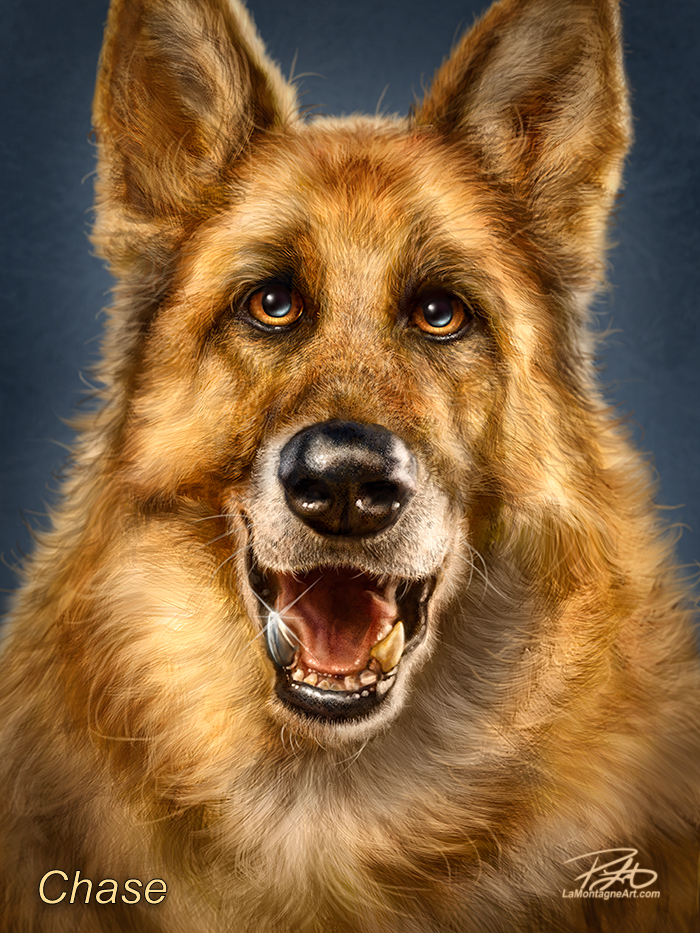 Each client and commission is different, and specific details often make a painting more fun. Chase was a retired police dog in California with a titanium tooth. It was important to the client that the tooth was evident in the piece.
Each client and commission is different, and specific details often make a painting more fun. Chase was a retired police dog in California with a titanium tooth. It was important to the client that the tooth was evident in the piece.
Santé was a memorial piece, and the client wanted her in action. That dog lived a full life of adventure. She had a stick library in the yard, so one in her mouth was important, too. Thankfully, the client had plenty of reference photos to help me create what she wanted, and we were both pleased with the finished piece.
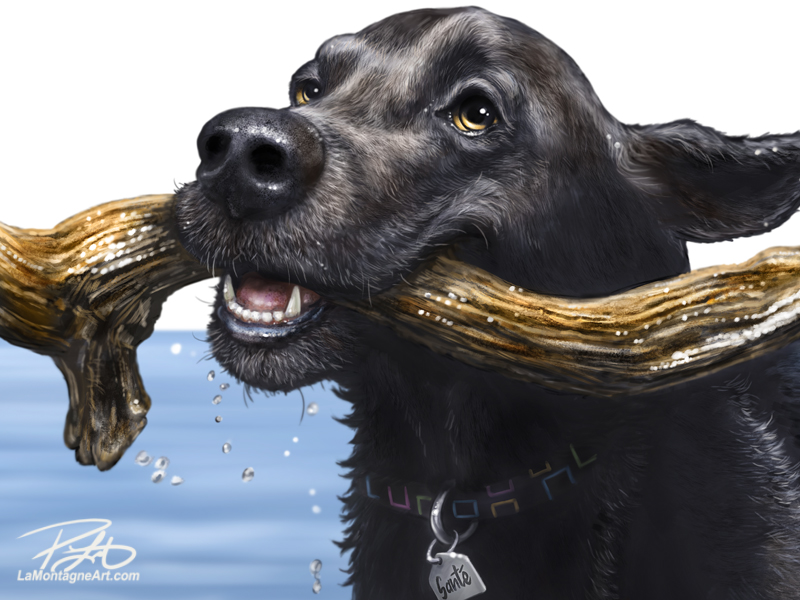 Luna (first image above) is a ridiculously happy St. Bernard, and the client found me at the Calgary Expo a couple of years ago. In our initial discussions about the piece, I asked how he felt about my painting the classic St. Bernard in the snow with a brandy cask. It turns out Luna already had a custom-made wooden cask with her name on it, and the owner provided several great photos of it for me to work from.
Luna (first image above) is a ridiculously happy St. Bernard, and the client found me at the Calgary Expo a couple of years ago. In our initial discussions about the piece, I asked how he felt about my painting the classic St. Bernard in the snow with a brandy cask. It turns out Luna already had a custom-made wooden cask with her name on it, and the owner provided several great photos of it for me to work from.
I now advertise my commissions at live events with the Luna painting, and I’ve had several people ask about buying it.
My style of art is not for everybody. Hell, it’s not even for most people. We all have different tastes in art. But for those who enjoy my interpretations of animals, I want to be the guy known for this style. When somebody sees my art at a gift show, they often recognize it from somewhere else they’ve seen it, such as “We bought one of these at the Calgary Zoo.”
So, before the Calgary Expo this week, I edited the Commissions page on my site and removed the traditional pet portraits I’ve done from my portfolio. From here on, the only commissions I’ll entertain will be those who want a painting in my whimsical wildlife style because that’s the best work I do.
For any questions about my custom work, please start with the Commissions page, where you’ll find all the details, including pricing and some kind words clients have said about the experience.
If you have a furry or feathered friend you’d like to see painted in my fun, whimsical, detailed style, I’d love to work with you.

